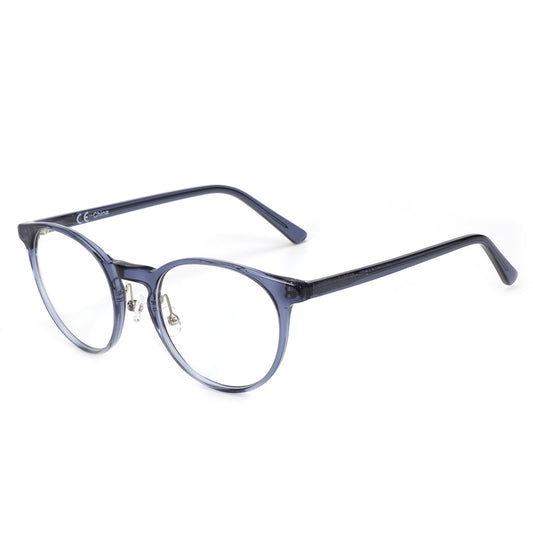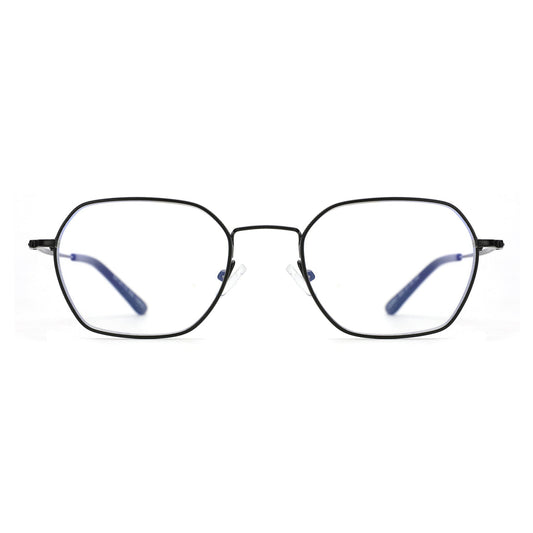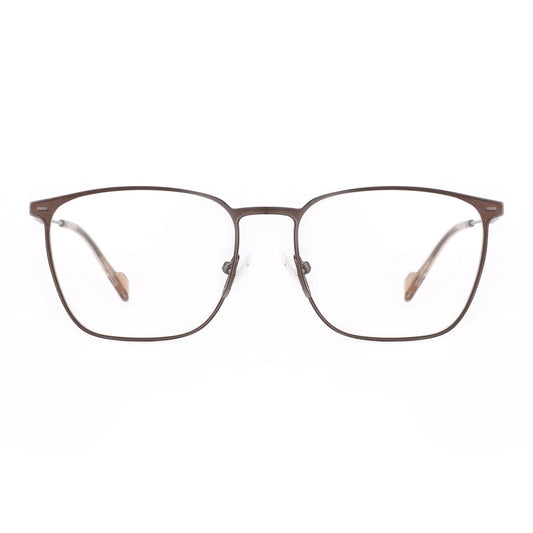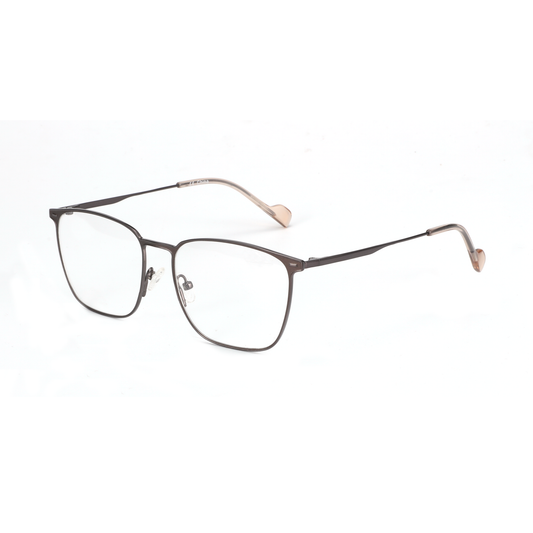
Determine reading glasses strength through an eye exam for accurate prescription. For self-assessment, try the diopter test: hold reading material at comfortable distance and try different strengths until text appears clear. Age provides general guidance—40s typically need +1.00 to +1.50, 50s need +1.50 to +2.00, and 60+ often need +2.00 to +2.50.

Select reading glasses with appropriate magnification for your vision needs. Consider frame style—full frames for dedicated reading, half-frames for looking up frequently. Ensure comfortable fit around ears and nose. Quality lenses should be scratch-resistant and anti-glare. For frequent use, invest in durable frames. Consider multiple pairs for different locations.
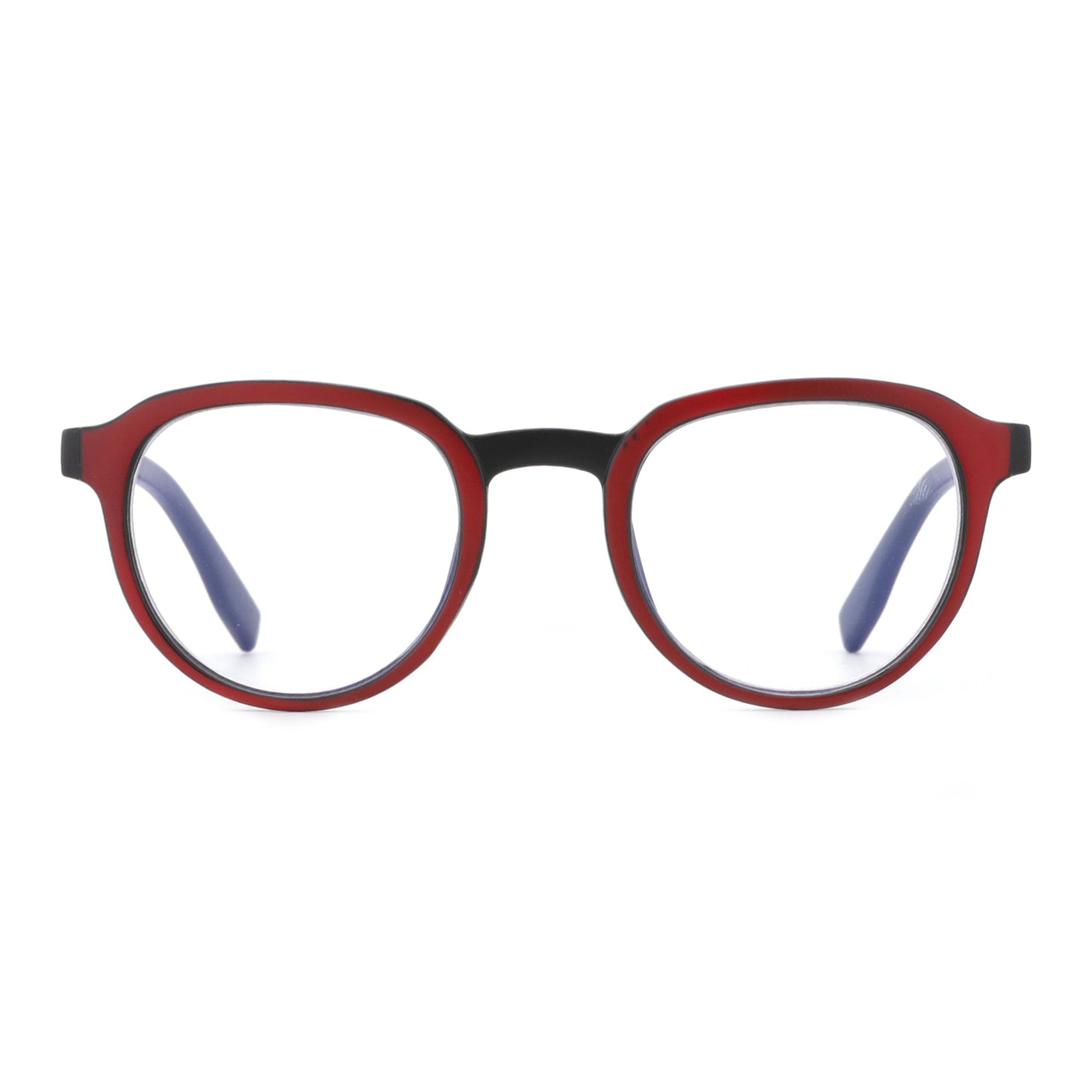
Reading glasses magnify close-up text, compensating for presbyopia—the age-related loss of near vision flexibility. They reduce eye strain during reading, prevent headaches, and minimize squinting. These glasses help maintain comfortable reading posture by eliminating the need to hold materials at awkward distances. They enable continued enjoyment of detailed tasks like sewing or crafting.
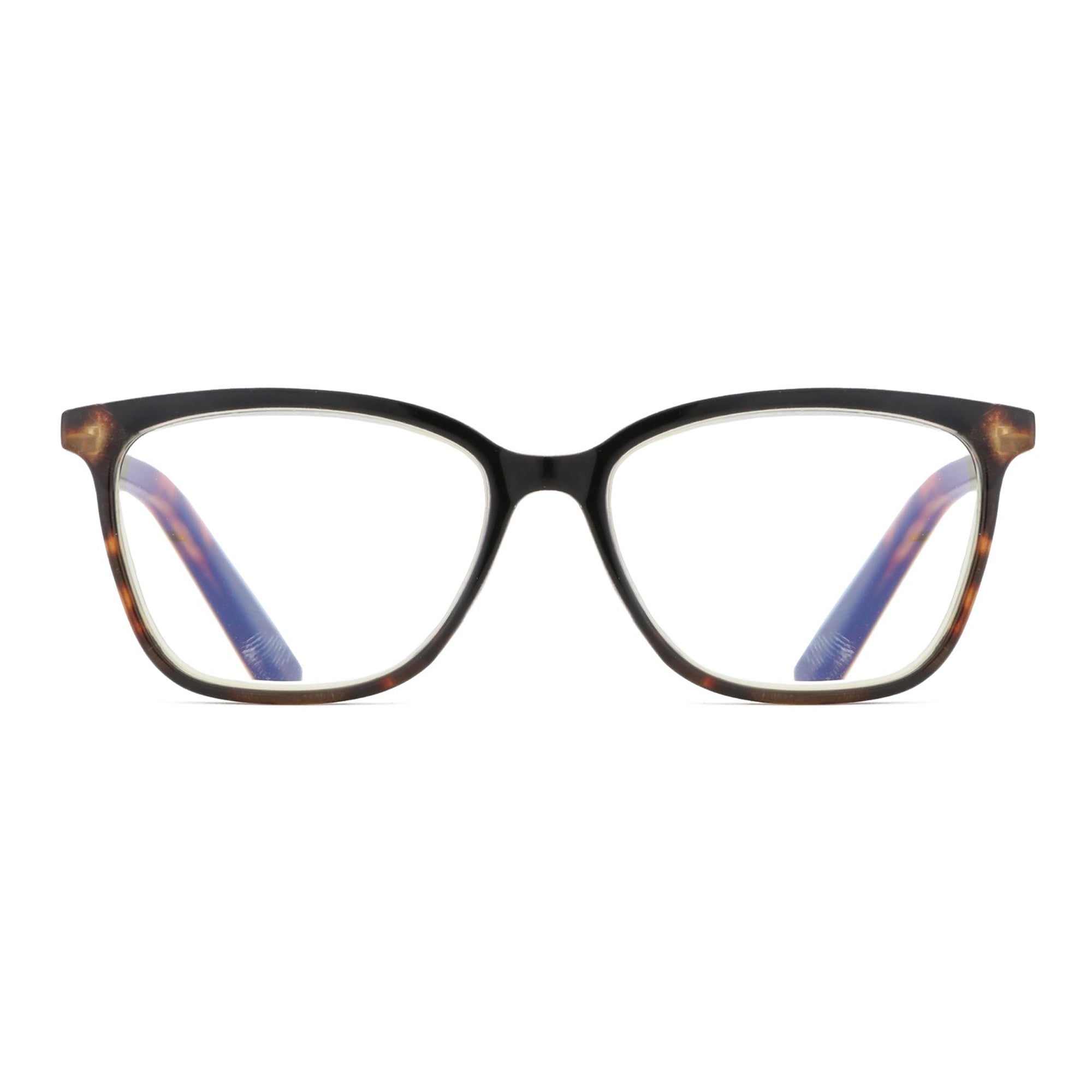
You may need reading glasses if you hold reading materials farther away for clarity. Other signs include eye strain, headaches after close work, difficulty reading small print, and needing brighter light to read. Blurred vision at normal reading distance and fatigue when doing detailed tasks are common indicators. After age 40, most people develop presbyopia requiring reading correction.
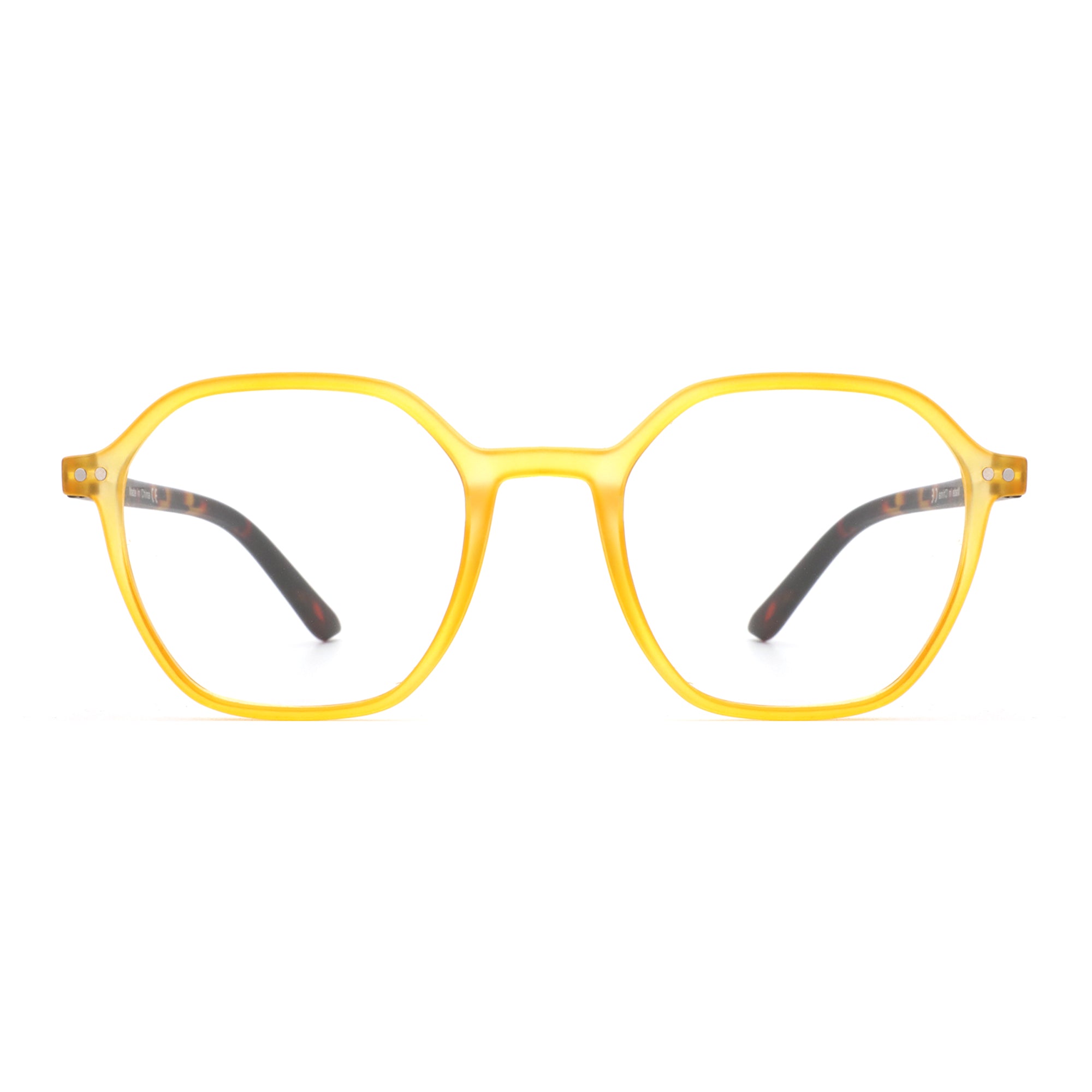
Wearing reading glasses constantly when you only need them for close work can cause eye strain and headaches. They're designed specifically for near vision and may blur distance vision. For those with presbyopia only, removing glasses for distance tasks is recommended. If you need vision correction at multiple distances, consider progressive lenses or separate pairs for different needs.
- Choosing a selection results in a full page refresh.

